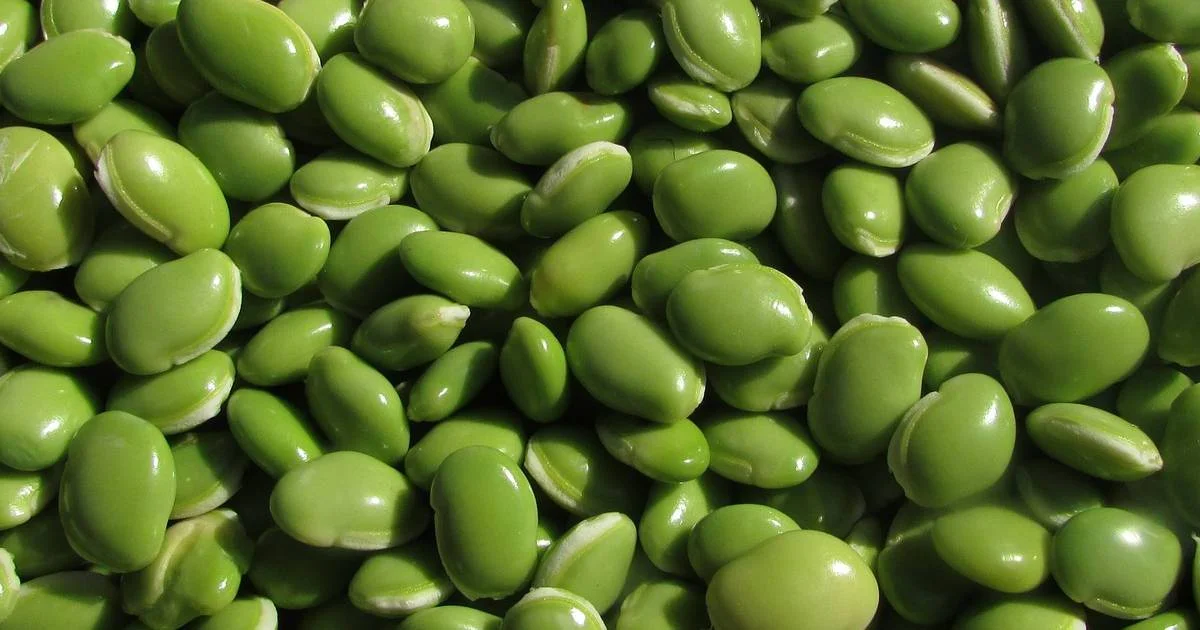Canadians are planting native plants in record numbers, for good reason.
First, they are low maintenance. Think about it: Native plants existed here before European settlement, and they have evolved through millennia to the specific conditions of our Canadian environment, from hot summer droughts to deep winter freezes, depending on the geographic location. Native plants are nature’s answer.
Their inherent low maintenance is part of what makes them the choice for environmentally minded gardeners. Most are perennials, which come back year after year, with little disease pressure and without becoming invasive. If planted in the right place, their water demands should be met by rainfall alone; after they are established, most native plant varieties are exceptionally drought tolerant.
Second, native plants play an important part in a natural ecosystem. Consider this: All plants and animals exist within a web. This is where native plants really stand out, since birds and insects, for example, have a strong preference for the plants that evolved with them over millennia. Research by American entomologist Douglas Tallamy has shown that a native oak tree can support up to 557 different species of caterpillars — an important food source for birds — versus a ginkgo tree, which supports zero. A simple plant selection can have huge effects on the birds on your property.
Third, a balanced ecosystem with a diversity of native plant species can offer continuous blooms throughout the season, as birds and pollinators have evolved to go looking for them. This part requires some planning. Take your time creating a planting plan that creates a succession of blooms from one end of the season to the other.
Roughly 90 percent of insect herbivores are diet specialists, which means they are only able to eat a small number of plant species. When bird and insect populations are in decline, it is important to remember that these dependencies are almost always on native plants.
As you wade into the world of native plants, you will discover that they are not “created equal.” Consider these three categories of native plants, beginning with the “least native” to the “most pure.”
1. “Nativars” or native cultivar plants
These are cultivated varieties of native species, i.e., native plants that have been bred for unique or desired qualities such as colour. Echinacea ‘Sundown’ is an example, hybridized for its burnt-orange colour from the purple-petalled native. As with many commercially available native plants, native cultivars are reproduced from cuttings for genetic consistency, and many are sterile. They do not produce pollen for pollinators, and they have a low “ecological value.”
2. “Basic perennial” native plants
Available just about everywhere, they are the most popular varieties of native plants, such as purple coneflower (Echinacea purpurea) and black-eyed Susans (Rudbeckia), which are popular for good reason. They are dependable, produce great colour, provide pollinator support and are drought tolerant. Most of these plants are grown from cuttings in commercial nurseries; as such, they grow true to the “parent” plant, which means less genetic diversity and ecological value for supporting wildlife than plants propagated from seed.
3. Seed-sourced” open-pollinated native plants
These native plants appeal to hard-core native-plant enthusiasts. Locally sourced native plants are grown from seed that is sourced in the area where the plant is intended to grow. The benefit of choosing a locally sourced seed is that the specific genotype is better adapted to the local environment. Growing from local seed sources also helps improve the overall biodiversity, as open pollination allows for the continuous evolution of the species. A lot of these species are at risk of local extinction due to habitat loss, so growing from seed is also an act of preservation, which promotes greater biodiversity
If you are having trouble finding seed-sourced native plant material in your area, you can always
start propagating your own. Pay attention to your favourite native plants this summer — in your own yard or perhaps even in the yard of a friend who will let you borrow theirs. Come September, native flowers such as purple coneflower (Echinacea purpurea) and black-eyed Susans (Rudbeckia) can be cut below the flower to dry for a few days before shaking the seeds into an envelope for propagating next spring. Growing trees from seed can also be rewarding, and often trees grown from seed develop into more robust adult specimen trees (if you have patience). Tree seeds or nuts typically require autumn planting or artificial stratification in the refrigerator for a matter of months.
Gardening is a lifelong project, which is minor in comparison to the multigenerational evolution of the native plant species that support us. Whether you propagate from a local seed collection or simply reach for an attractive nativar at the garden centre, your decision to become a native-plant gardener can be enjoyed now while benefiting generations to come.
Mark Cullen is an expert gardener, author, broadcaster and tree advocate
and holds the Order of Canada. His son, Ben, is a fourth-generation
urban gardener and a graduate of the University of Guelph and Dalhousie
University in Halifax. Follow them at markcullen.com, @MarkCullen4
(Twitter) and @markcullengardening (Facebook) and look for their latest book, Escape to Reality.
Follow them at markcullen.com, @MarkCullen4, facebook.com/markcullengardening and biweekly on Global TV’s national morning show, The Morning Show.













